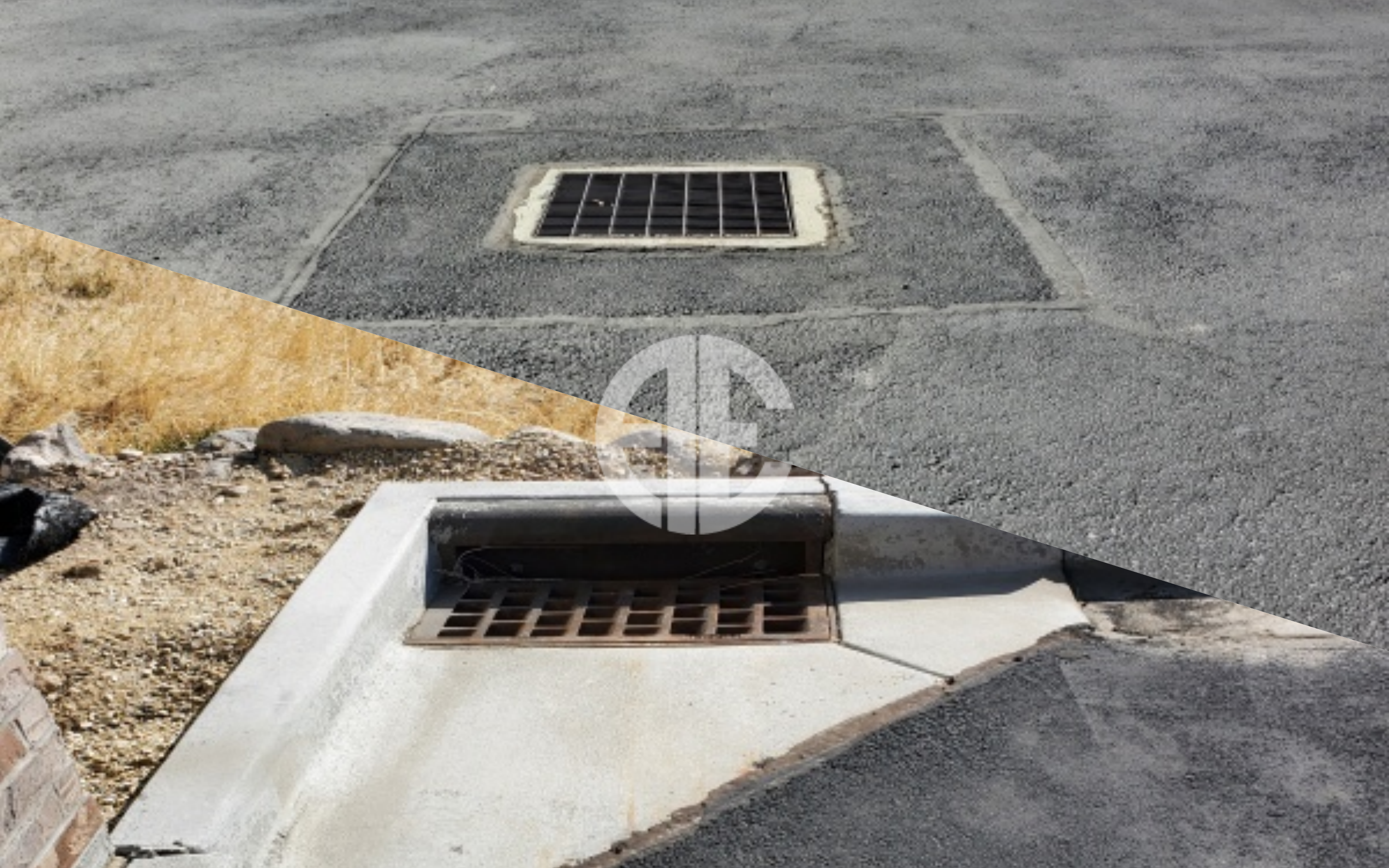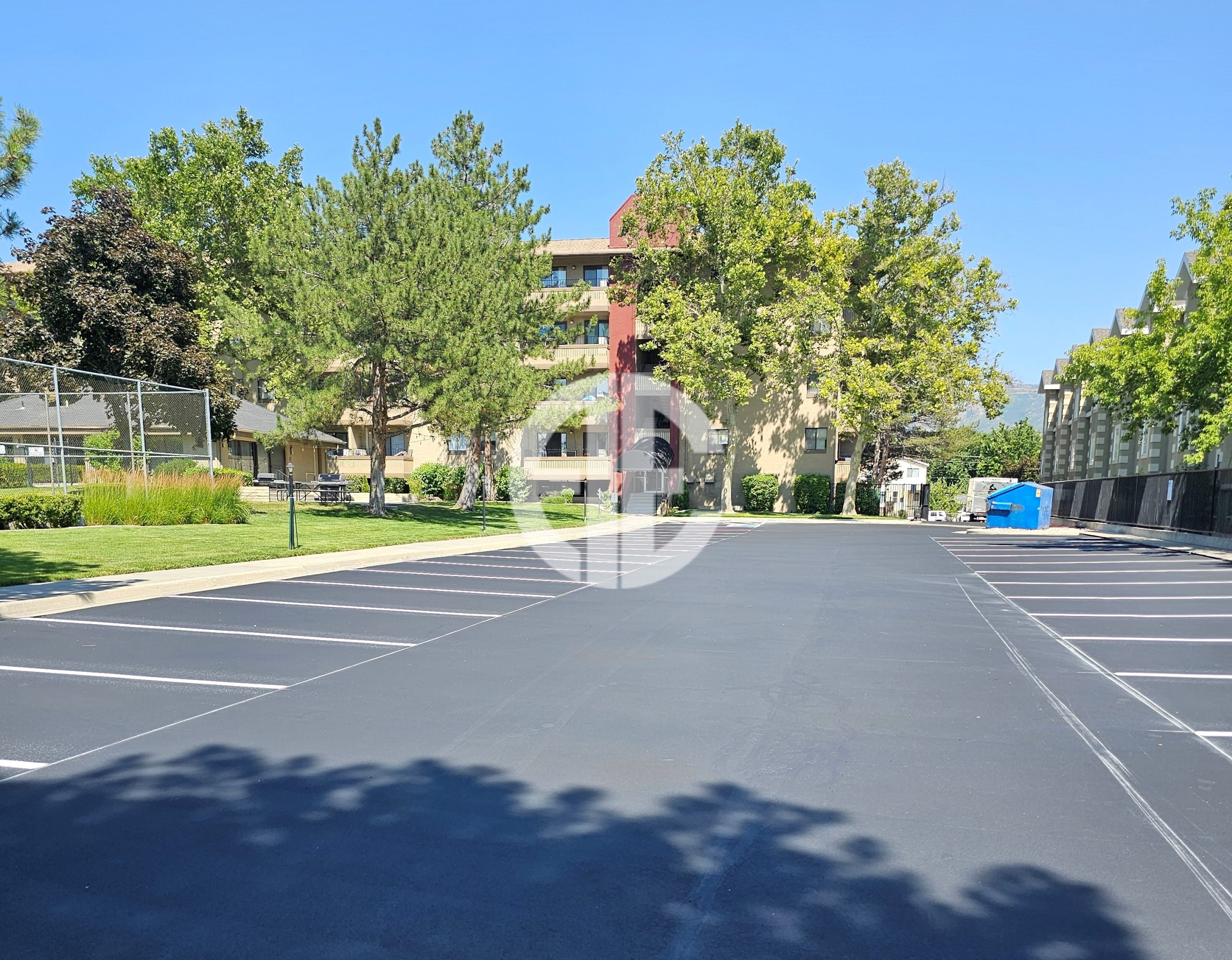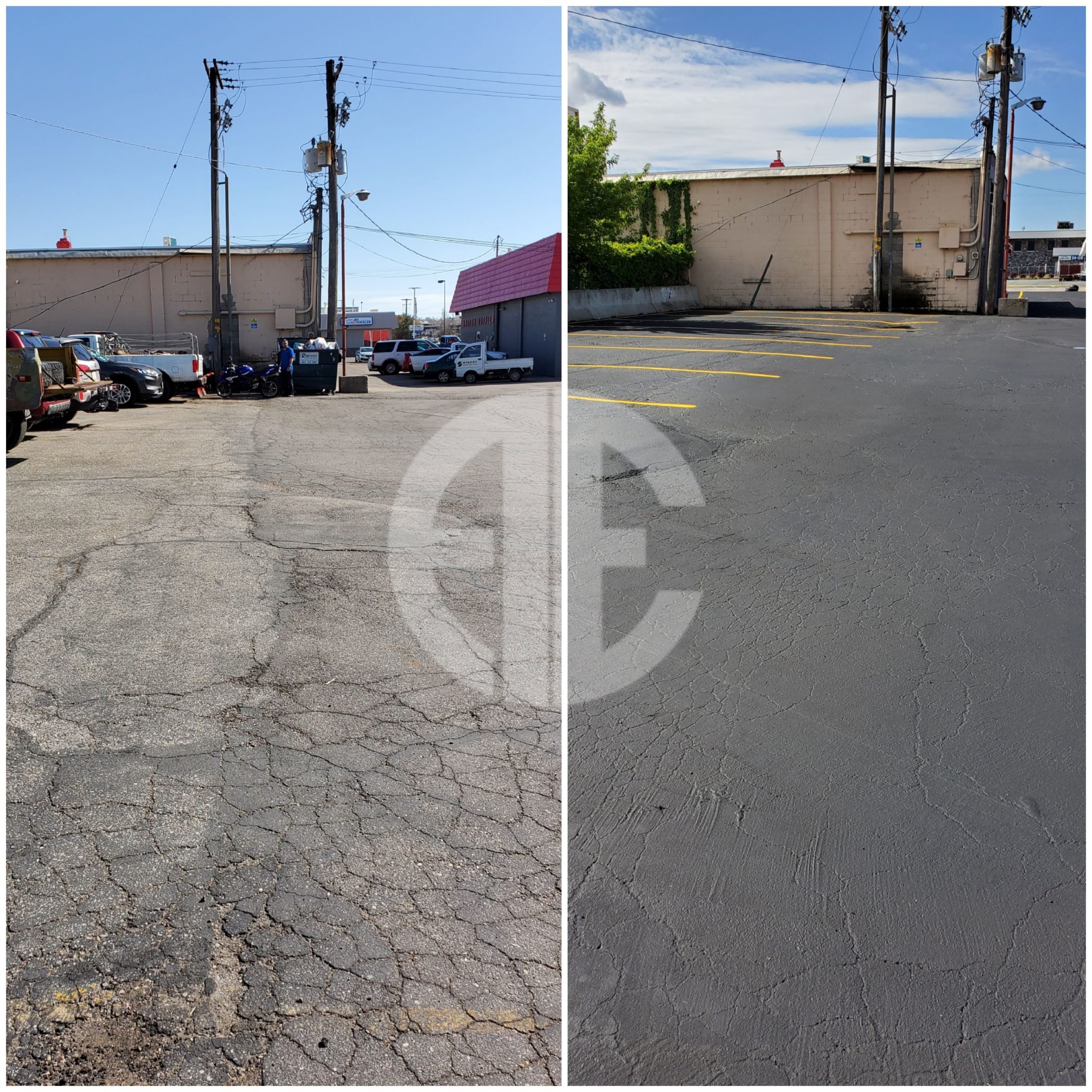When it comes to the durability of asphalt roads, driveways, and parking lots, proper drainage is one of the most important yet overlooked factors. Water is asphalt’s worst enemy—without an effective drainage system, moisture seeps into the pavement layers, leading to cracking, potholes, foundation damage, and costly repairs.
At Asphalt Experts, we understand that drainage is about more than just redirecting water—it’s about preserving pavement integrity, reducing long-term maintenance costs, and enhancing safety. Additionally, the asphalt industry is embracing sustainability practices, including recycling asphalt, reducing carbon emissions, and implementing eco-friendly production methods. By combining effective drainage solutions with green initiatives, we can ensure longer-lasting, environmentally responsible roads.
Why Drainage is Essential for Asphalt Longevity
Asphalt surfaces are exposed to rain, snow, and environmental stressors that can accelerate wear and tear. Without proper drainage, water can infiltrate the asphalt layers and compromise its structure, causing a range of serious issues.
Surface Drainage: Preventing Water Accumulation
Surface drainage is designed to move water off the pavement quickly, preventing pooling that can weaken the asphalt. Roads and parking lots must be constructed with proper slopes and grading to channel rainwater toward drains or designated runoffs. Standing water left on the surface accelerates oxidation, weakens the binder, and increases the risk of cracks and potholes.
Subsurface Drainage: Protecting the Base Layer
Water doesn’t just damage the surface—it also weakens the base and subgrade layers beneath the asphalt. Once moisture penetrates the pavement, it softens the foundation, leading to rutting, settlement, and structural failure. A proper subsurface drainage system includes French drains, perforated pipes, and geotextile fabric layers that effectively redirect water away from the pavement structure.
Edge Drainage: Preventing Pavement Deterioration
Edge drainage is crucial for maintaining the strength of pavement borders, where water often accumulates. Without proper drainage along the edges, erosion, cracking, and crumbling can occur, leading to premature pavement deterioration. Installing edge drains and maintaining proper grading ensures water does not remain trapped at the pavement’s edges, reducing the risk of structural failure.
Preventing Freeze-Thaw Damage in Cold Climates
In colder regions, water that seeps into asphalt can freeze and expand, causing the pavement to heave and crack. This freeze-thaw cycle accelerates pothole formation and surface damage. Drainage systems must account for these conditions by ensuring water does not remain trapped beneath the pavement, where it can freeze and cause extensive damage.
Consequences of Poor Drainage in Asphalt Pavements
Failing to implement proper drainage can lead to serious structural and financial issues. Some of the most common consequences include:
- Potholes and Cracking – Water infiltration weakens the asphalt, leading to pothole formation and extensive cracking.
- Base Layer Erosion – Poor drainage washes away the foundation, causing settlement and structural instability.
- Frost Heave and Thermal Expansion – Water trapped in the pavement expands when frozen, causing heaving, cracks, and surface distortion.
- Reduced Pavement Lifespan – Water damage accelerates oxidation, leading to premature aging and costly repairs.
Best Practices for Effective Drainage in Asphalt Pavements
To maximize the lifespan of asphalt surfaces, proper drainage planning and maintenance are essential. Here’s how to ensure effective water management:
- Regular Drainage System Inspections – Checking and cleaning storm drains, culverts, and runoffs prevents blockages that lead to standing water.
- Proper Pavement Sloping – Ensuring roads and parking lots have adequate cross-slopes and grading allows water to drain off naturally.
- Use of Geotextile Fabrics – Incorporating geotextile layers prevents soil migration while allowing water to drain, maintaining a stable base.
- Installing French Drains and Perforated Pipes – These subsurface drainage solutions help redirect water away from the pavement’s foundation.
Sustainability in Asphalt: Recycling and Reducing Emissions
The asphalt industry is rapidly advancing toward eco-friendly practices, reducing environmental impact while maintaining high-quality road construction. Recycling asphalt, reducing emissions, and adopting sustainable technologies all contribute to a greener future.
Recycling Asphalt: The Green Solution
One of the most effective sustainability practices is the use of Reclaimed Asphalt Pavement (RAP). This process involves milling and repurposing old asphalt into new pavement, reducing the need for virgin materials.
Benefits of RAP:
- Reduces material costs and conserves natural resources
- Minimizes landfill waste by repurposing old asphalt
- Decreases emissions by reducing the need for new asphalt production
Another innovative method is Cold In-Place Recycling (CIR), which processes and reuses existing pavement on-site. This eliminates the need for hauling materials, significantly cutting down transportation costs and emissions.
Reducing Carbon Emissions in Asphalt Production
Traditional asphalt production requires high temperatures and significant fuel consumption, leading to high carbon emissions. However, the industry is moving toward Warm Mix Asphalt (WMA), which is produced at lower temperatures, reducing both energy use and greenhouse gas emissions.
Other sustainability initiatives include:
- Energy-efficient asphalt plants that use advanced burner technology to minimize fuel consumption.
- Low-carbon asphalt binders made from bio-based materials, reducing reliance on petroleum.
- Recycled Asphalt Shingles (RAS), which repurpose roofing materials, further reducing waste.
Ensuring Durable and Sustainable Asphalt Surfaces
Proper drainage is essential for extending the life of asphalt surfaces, preventing moisture-related damage, cracking, and potholes. At the same time, the asphalt industry’s shift toward recycling, emissions reduction, and sustainable materials is paving the way for greener, longer-lasting roads.
At Asphalt Experts, we specialize in high-quality drainage solutions and sustainable asphalt paving. Whether you need drainage system upgrades, asphalt repairs, or eco-friendly paving solutions, our expertise ensures a long-lasting and environmentally responsible pavement.
Without proper drainage, even the best asphalt pavements will fail prematurely. Implementing effective surface, subsurface, and edge drainage systems can significantly extend the lifespan of roads and parking lots, reducing maintenance costs and improving overall performance. By combining drainage best practices with sustainable asphalt solutions, the industry is creating stronger, more environmentally friendly infrastructure for the future.
Looking for expert drainage solutions or sustainable asphalt maintenance? Contact Asphalt Experts today!
Trust Asphalt Experts – Your Partner for Asphalt Care Excellence in Utah









 Clearfield
Clearfield